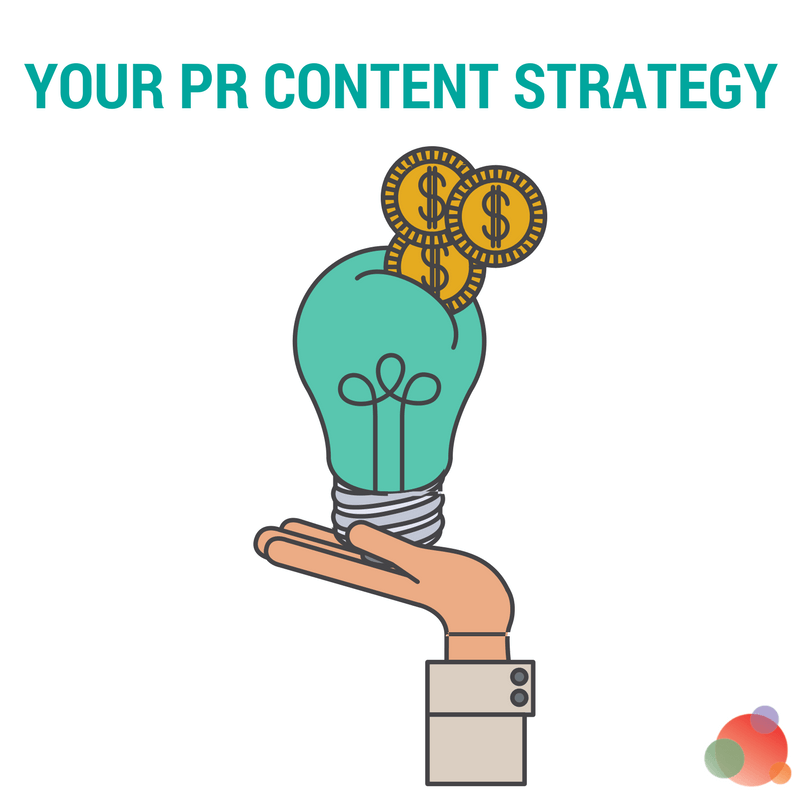 Yesterday on Twitter, I saw a tweet from Kristie Aylett that said:
Yesterday on Twitter, I saw a tweet from Kristie Aylett that said:
Lots of orgs still measure with checkmarks on a to-do list. Struggle with elevating how to #measurepr or social.
It made me chuckle to myself because it’s true—we focus on the PR busy work and not on the things that truly matter to an organization.
For many communicators, a typical t0-do list can contain everything from authoring bylines for executives, conducting and distributing PR surveys, writing news releases, blogging, pitching your executives to journalists, arranging customer testimonials, and authoring presentations.
It’s a lot to do and we typically have to do it with small budgets or far fewer resources than necessary.
That’s why it’s so easy to get lost in the forest.
We spend most of our time being reactive—we put our heads down and focus, one-at-a-time on each of these items individually.
Once we finally get approval on one thing, we’re already behind on the next to do.
But in the rush from one item to the next, we find we’re focused on busyness and not results-driven and strategic tactics.
Seeing the Forest for the Trees
We also find we forget to ask ourselves some very important questions:
- How do all of these pieces relate to one another?
- Does the contributed content support the presentations your executives are giving?
- Is it aligned with your blog editorial calendar?
More often than not, we’re engaging in a series of random acts of content when we should be executing against an integrated and measurable PR content strategy.
This is a significant missed opportunity.
Recent research from MarketingProfs and The Content Marketing Institute found the top two factors in increased content marketing effectiveness are:
- Doing a better job with content creation (85%); and
- Developing or adjusting content marketing strategy (72%).
Why are these two factors key to your content’s success?
A documented PR content strategy ensures every piece of content you create is a support for your business objectives and your PR goals.
Luckily for you, you can use the PESO model to define a more effective integrated plan that will produce measurable results.
Document Your PR Content Strategy
Despite your fears, a PR content strategy doesn’t need to run 50 pages, take you months to create, or be presented as a professionally designed PowerPoint.
A PR content strategy is simply a documented plan that identifies what content you’re creating, for which audience, to meet which objectives, and with what projected results.
With this in mind, your plan should include:
- Audience. Who are you trying to reach with your PR content? What are the characteristics of your ideal customer and those who influence their purchase decision? Where do they go to for their information?
- SMARTER goals. What are the measurable, time-bound goals you need to accomplish with your PR efforts?
- Metrics. How will you measure your results against your goals? How will you present this data to your executive team? Do you have access to all of the data you need?
- Editorial calendar. Which PESO model tactics will you deploy to reach your goals? And when will you deploy them?
- Ownership. Who’s responsible for the PESO activities? Are there resources outside of your team that you need to work with to complete your activities?
One Size Does Not Fill All
If you’re not sure how to approach some of these areas, we’re covering these topics in our FREE (!!!) 30-Day Communications Challenge.
(I put “free” in all caps with three exclamation points because it is free, but you’ll work your butt off. And you might end up mad at me, which I’m pretty OK with because you’ll be a force to be reckoned with at the end.)
Although we officially kicked off at the beginning of the month, you can sign up now and we’ll walk you through it.
(You’ll finish your challenge in mid-February versus February 1 with everyone else. But that’s OK! Don’t let that stop you. See: Force to be reckoned with.)
Without a documented PR content strategy, you are also at the mercy of the whims of your visionary, but ADD chief executive.
Or your mad scientist product manager, who chases down one “experiment” after another.
Worse yet, content you are drafting with the intent of speaking to everyone is probably going to resonate with no one.
One-size-fits-all doesn’t apply in clothing, and it doesn’t apply in effective content!
But it Does Fit…
For your PR content to drive business growth, it’s important for you to have a deep understanding of:
- Your ideal customer;
- How your brand meets their needs differently than the competition; and
- How your work will be measured by your management team.
Taking an hour to write these things down will ensure your success.
And, if you use an organization program—such as the bullet journal (I told you I’m obsessed!)—you can visually keep track of your goals, as you go.
Your PESO-infused integrated PR content strategy will give you what you need to drive measurable business results.
It’s those measurable results that will give you—and the PR function—a seat at the table as a business enabler, and not just one more easy-to-cut business expense.